You may have already heard that the CultureTrack report was released yesterday. Compiled and released every three years by LaPlaca Cohen, the report helps track the ways in which attitudes toward culture are shifting.
I haven’t read the full report yet. Just looking at the summary on the animated and interactive site they set up for the report, I knew this would probably be something I returned to a couple times. So for your homework, review the site and we will talk about it more on Monday.
….Unless I get distracted by something else.
What first alerted me to the release of the study was an advance piece on Artsy titled “37% of Art Museum Visitors Don’t View Them as Culture,” which did its job in getting me to read more.
Sure enough the article notes that,
“For many respondents, going to the park or eating at a food truck counts as a cultural experience, while attending a museum does not.”
This wasn’t far off from some of the responses my organization got last winter during our listening tour where people listed going to the speedway as a favorite cultural experience.
Another interesting finding highlighted in the article was largest motivation to engage in cultural activities was to have fun.
Cultural activities continue to be a source of leisure and relaxation for many. The survey found that 81% of audiences are motivated to attend a cultural activity because they want to have fun. A desire to feel less stressed was tied in third place, along with “experiencing new things,” with 76% citing both as reasons for participation. 71% cited learning something new as a reason to participate in culture.
This doesn’t mean that levity must replace education at museums, noted Harnick, but rather that the two cannot be divorced from one another. Culture offers the opportunity to connect with other people and take a pause from daily life—today’s audiences are full of anxiety and looking for a chance to relax, a conclusion that gels with other findings that show high levels of anxiety among the general population.
I spoke to someone today who suggested the current political environment in the country might be contributing to that sense of anxiety.
In terms of barriers to participation, feeling that the experience wasn’t “for someone like me” topped the list.
I can’t really cover all the findings I found interesting, but here are a few to consider.
In terms of loyalty, people rated trustworthiness, consistent quality and customer service as the top three factors. Pricing and discounts were fifth and sixth. Social media and advertising were 10th and 11th with 15% and 13% of responses, respectively. So pricing and advertising aren’t big factors in building loyalty.
Since there is a discussion about whether people want to experience culture as a passive observer or an active participant, I was interested to read that 28% of people wanted their experience to be active and 24% wanted their experience to be calm. But as with everything, there was a bit of nuance illuminated by the data. (their emphasis)
Cultural audiences—like everyone—are multidimensional, and they have different needs and wants at different times, or even simultaneously. In fact, 15% of cultural consumers who chose “calm” as one of their top-three descriptors of an ideal cultural activity also chose “active,” while 24% of those who chose “reflective” also chose “social.”
In the same section, was another valuable insight about the desire for new experiences by active culture consumers (Their emphasis).
People who attend three or more cultural experiences per month are 94% more likely to cite “it doesn’t change” as a barrier to more frequent cultural participation compared those who attend one or fewer cultural experiences per month.
Given that what people define as a cultural experience is pretty broad, the chances that your average attendee is participating in three or more experiences a month is pretty good. Being 94% more likely to feel lack of change is a barrier to participation is pretty significant. I hope there is something in the report that provides more detail about what types of experiences people are participating in and what they feel isn’t changing. Is it the programming? The overall experience?
The section on the role of digital technology in a cultural experience was also quite interesting. People responded that they felt digital enhanced their experience, provided deeper understanding and allowed them to share their experience with friends.
However, the lack of opportunity to use digital made people feel they were able to focus and become more invested in the experience, made the experience feel more authentic and less complicated.
There is a lot more to learn from the detailed study. Or perhaps it is better to say, there is a lot more I hope to learn from the detailed study.
Perhaps the takeaway is, people are more nuanced than the feedback they are giving you at the moment. Whether it is an audience survey, a comment made on social media, or to the box office a statement should be view as “this is how I feel right now, but in other times and situations, my preferences may contradict what I just said.”







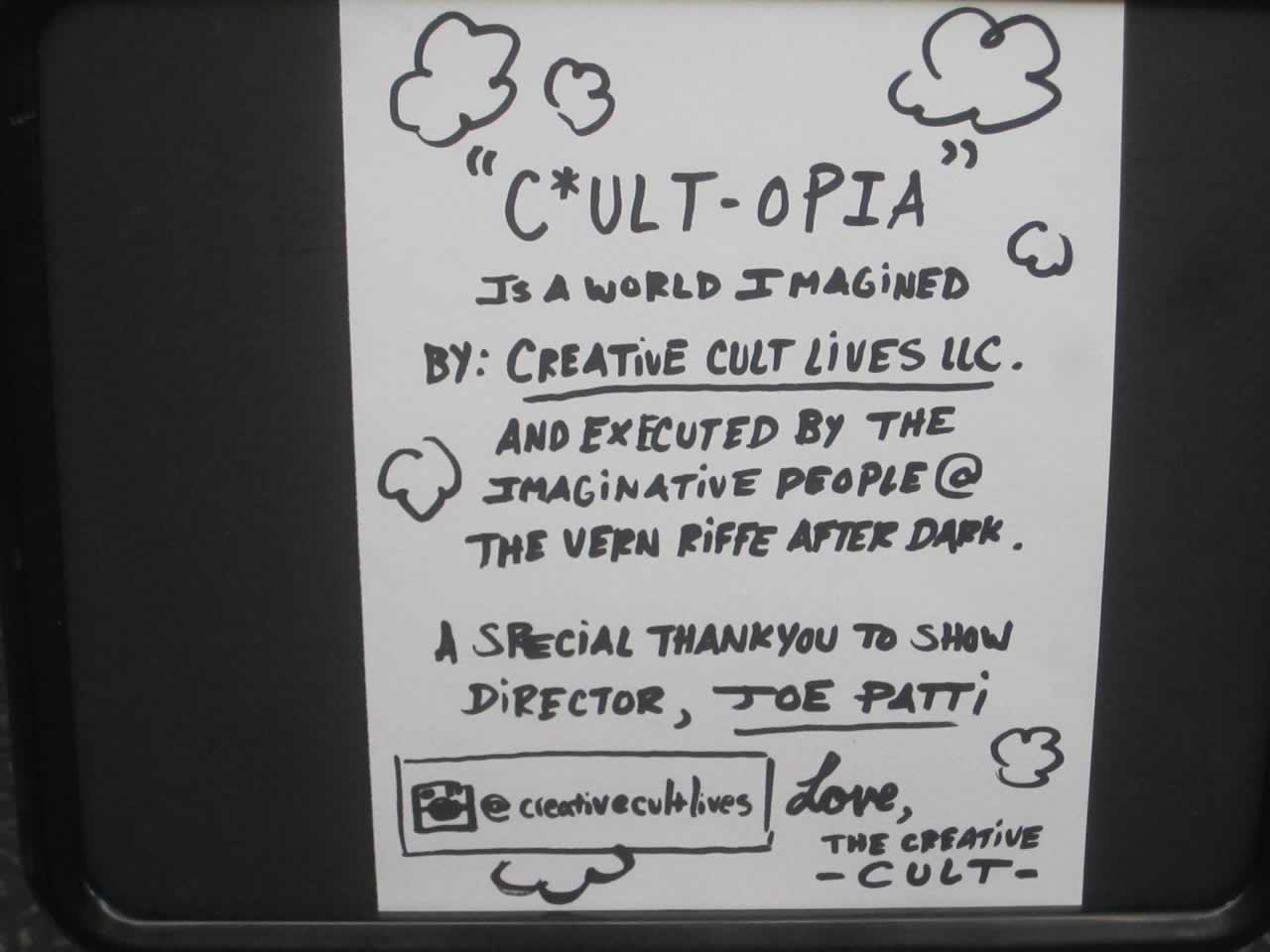


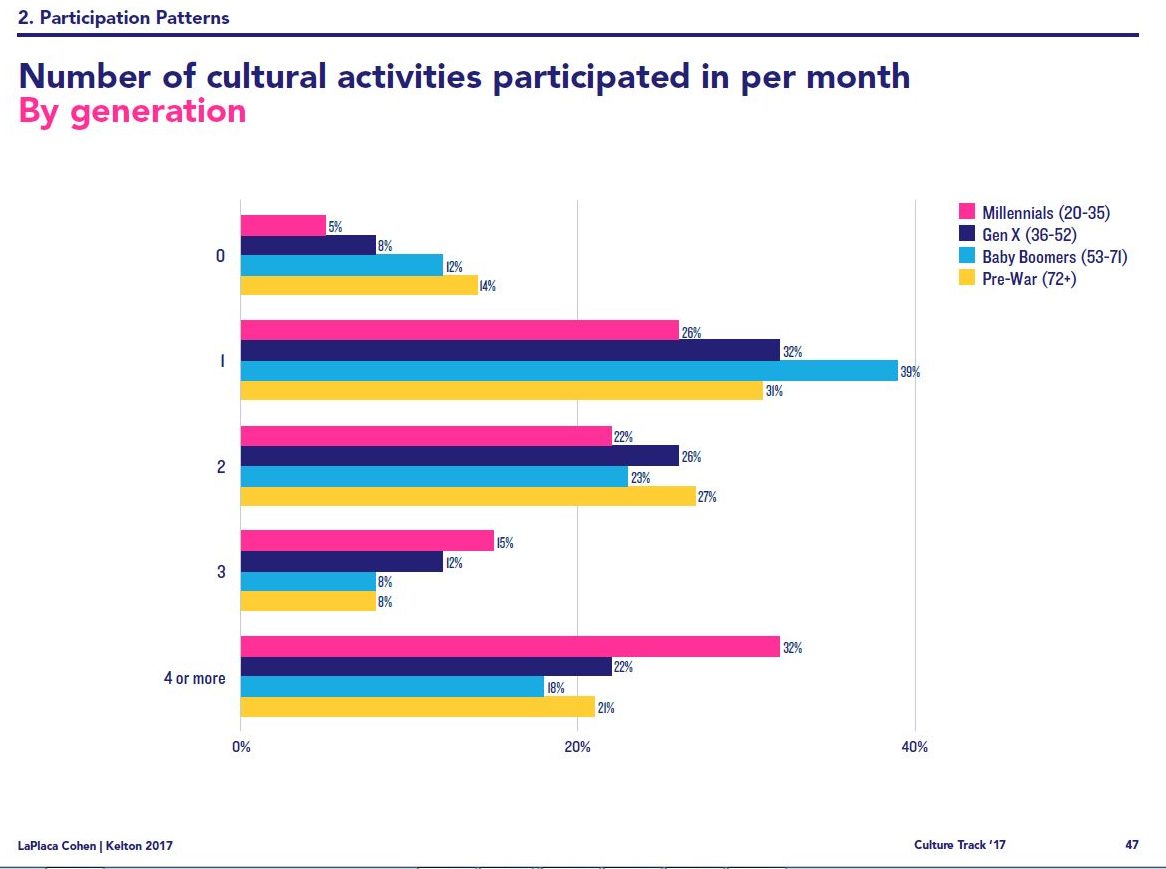

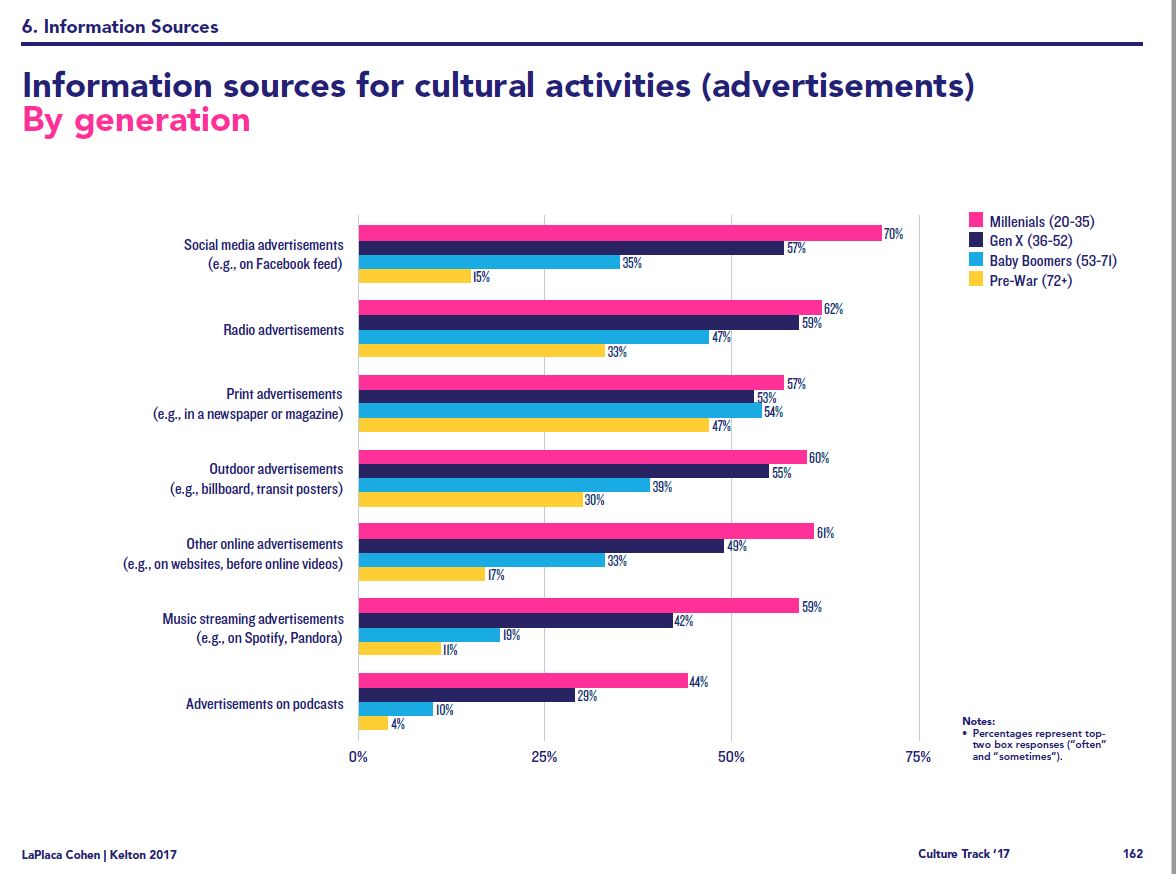
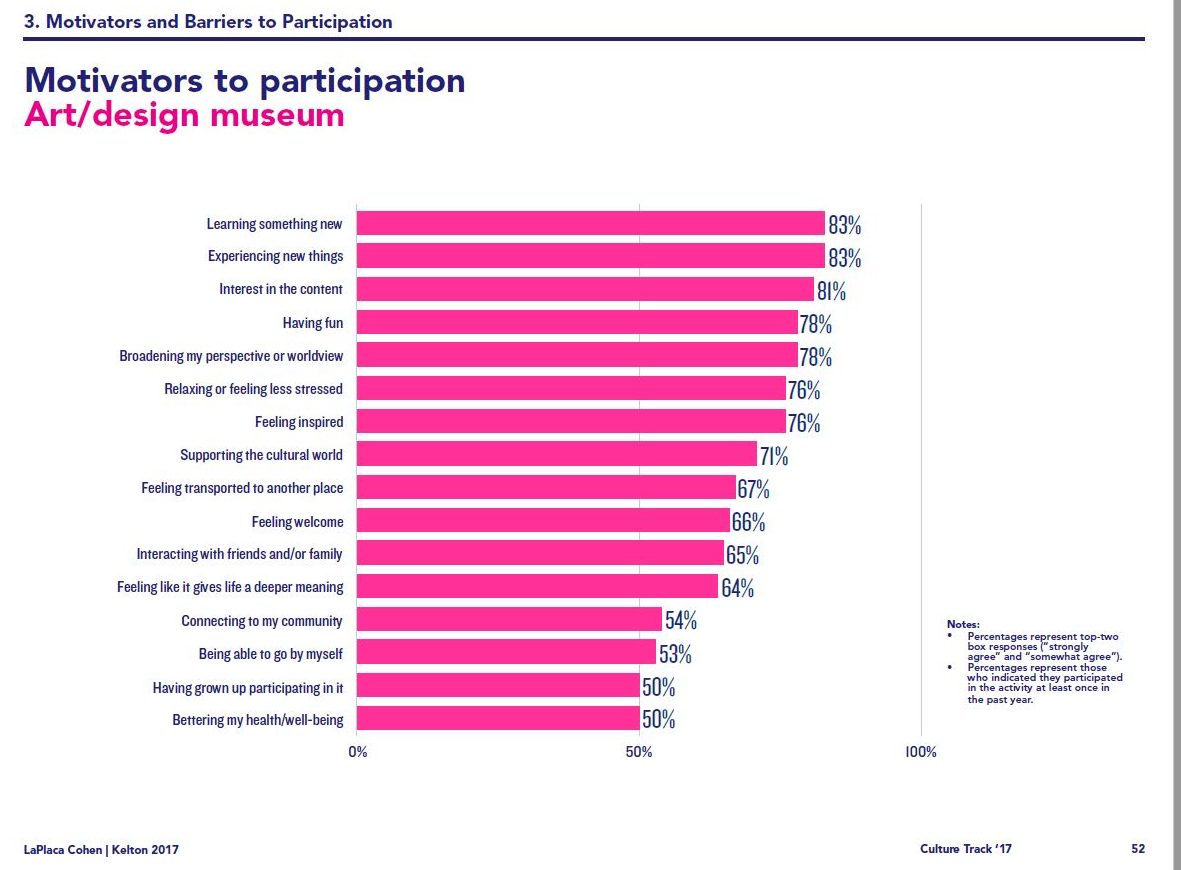
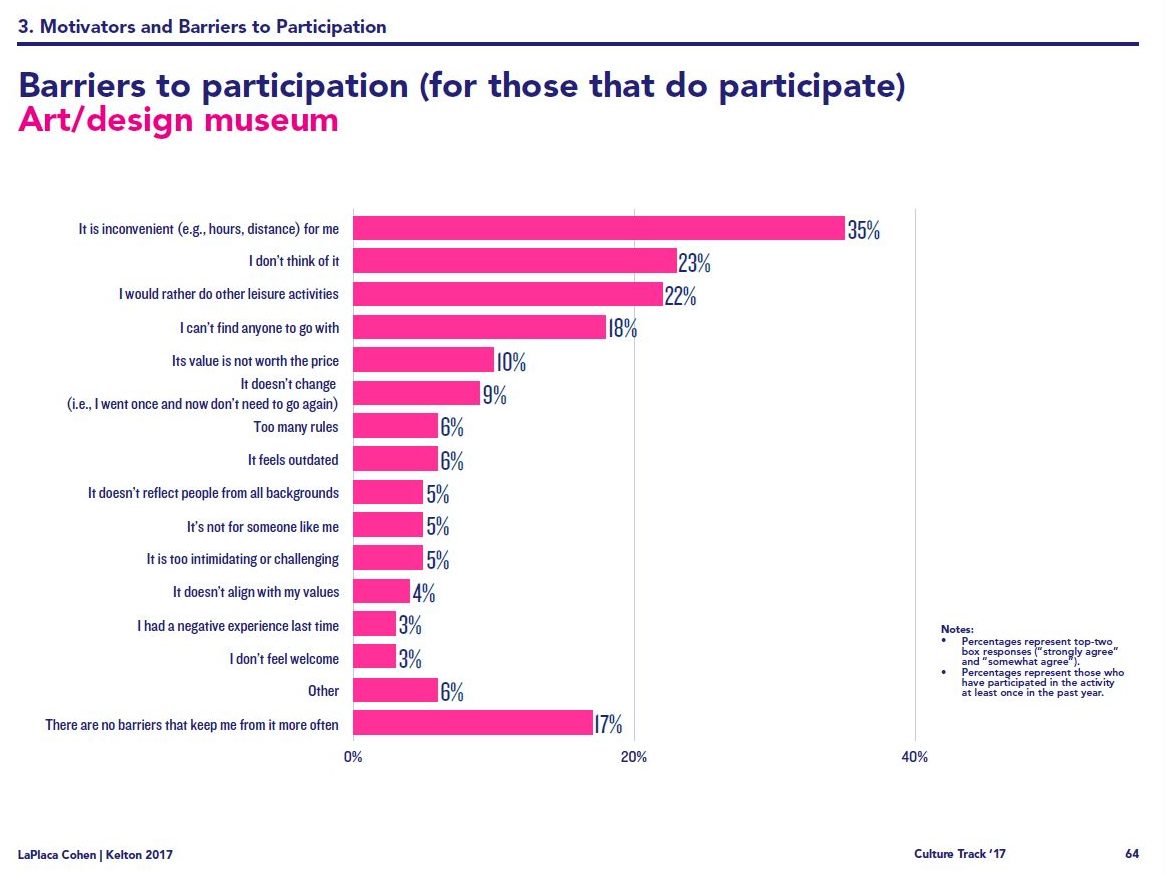

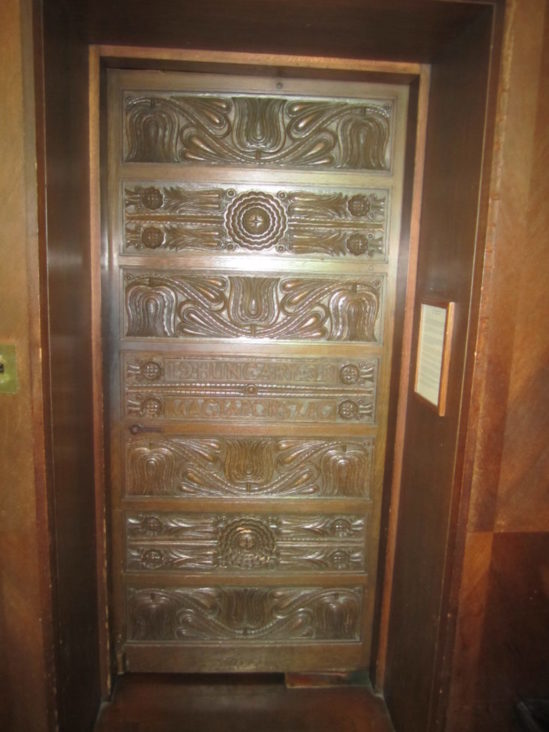
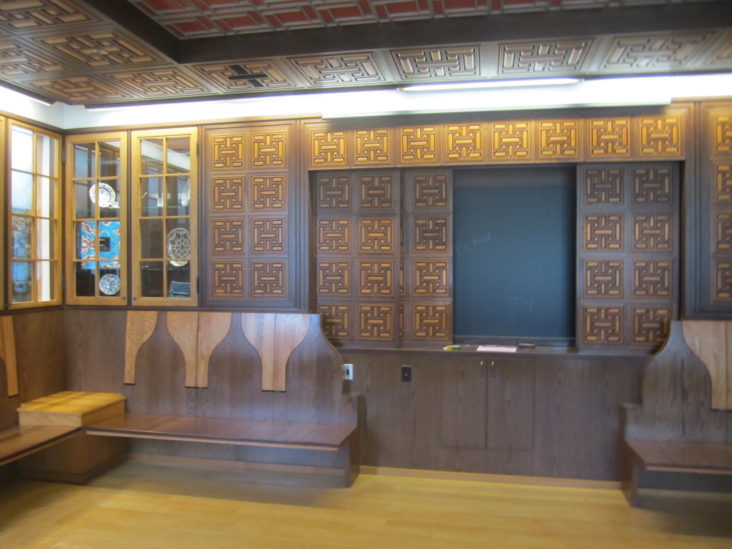
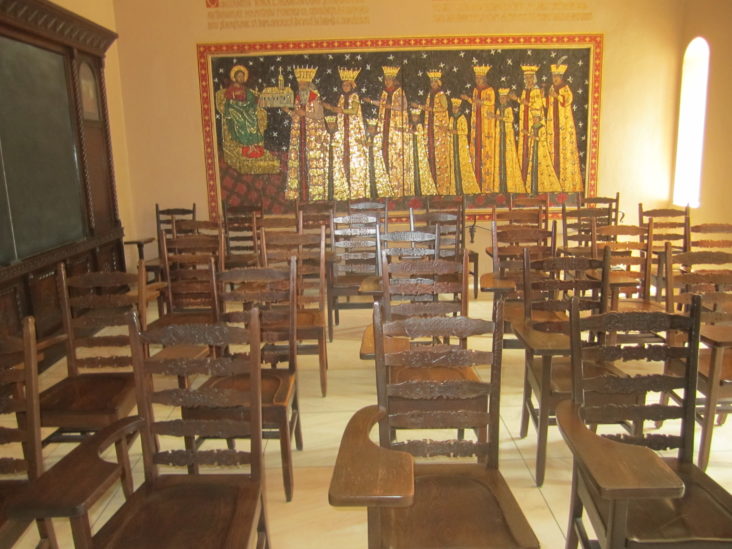



Thanks for what you are doing to bring cultural change to the arts. It is so important to represent everyone.…